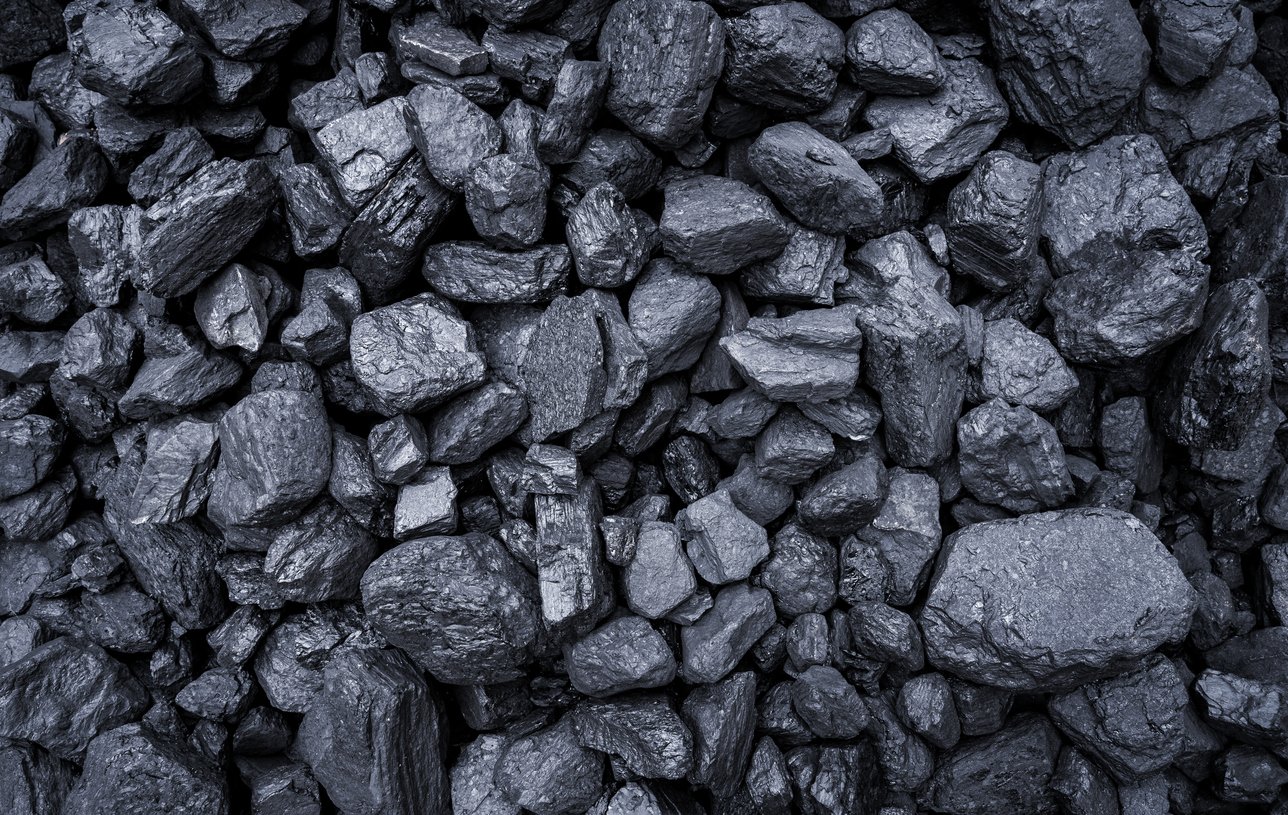There is a common misconception regarding the distinction between activated carbon and charcoal. These two terms, frequently used interchangeably, might only sometimes be accurate. While charcoal’s traditionally derived from wood, activated carbon can originate from various sources such as wood, peat, nutshells, coconut husks, lignite, coal, coir, or petroleum pitch. It’s crucial to note that charcoal and carbon aren’t synonymous, as carbon refers to an element on the periodic table. Elements are fundamental chemical entities of the simplest properties. It exhibits a notably high carbon concentration following charcoal production yet retains some hydrogen and oxygen elements. As an elemental component, carbon holds immense significance, as numerous other elements bond with it to create diverse and intricate compounds, including carbon dioxide, a compound present in the Earth’s atmosphere.
Charcoal
Charcoal emerges as a product formed from wood, bamboo, or similar organic wooden materials. However, it is essential to note that the wood isn’t burned in the traditional sense, like in a fire. Instead, it undergoes a slow cooking process with minimal oxygen presence. In historical times, charcoal burners in forest settings accomplished this by meticulously constructing and enveloping wood stacks that burned slowly; this delicate procedure demanded a high level of expertise to ensure the production of quality charcoal. Contemporary methods retain the essence of the process, although they occur within concrete kilns or multi-hearth retort furnaces. Charcoal has been used historically for art and medicinal purposes, and activated charcoal is an odorless fine powder often used to treat overdoses in emergency rooms. It is most commonly used every summer in America to grill meats in barbecues. Gardeners can use charcoal in their compost to increase the carbon in nourishing plants and flowers. You can also add it to the water of fresh cut flowers to make them last longer, or use it around your garden as mulch.
Activated Carbon
Activated carbon has a remarkable porous nature that draws and retains organic chemicals generated through a process that begins by burning a carbon-rich substance without oxygen, forming a carbon “char.” Subsequently, this “char” undergoes chemical or physical treatments to establish an interconnected array of “holes” or pores within the carbon structure. The extensive surface area formed by this intricate network of internal pores results in a vast expanse that can effectively attract and retain organic chemicals.
3 Major Differences
- One of the most notable distinctions between charcoal and activated charcoal lies in their porosity. Charcoal exhibits relatively limited surface area, typically measuring around 300-500 square meters per gram. In contrast, activated charcoal can boast a surface area reaching up to 1500 square meters per gram or even more. This enhanced surface area renders activated charcoal significantly more efficient in adsorbing toxins, gases, and various pollutants from the surroundings.
- Another crucial differentiation between these two carbon forms pertains to their purity. The mix of organic materials that might carry impurities like ash, tar, or other undesired substances creates charcoal. On the contrary, activated charcoal is typically derived from premium carbon sources like coconut shells or bamboo, leading to a purer and more uniform end product.
- Regarding their applications, charcoal predominantly serves as a fuel source for cooking, heating, and various industrial procedures. It also finds utility in artistic pursuits as a drawing medium and in the medical field as a treatment for poisonings or overdoses. On the other hand, activated charcoal serves a broader range of applications, including water purification, air cleansing, soil remediation, medical treatments such as gas and odor elimination, and digestive aid.
Puragen Activated Carbons began marketing and distributing activated carbon products over 15 years ago through its European-based supply chain. The new focus involves creating a world-class specialty activated carbon production and R&D platform in the US and internationally.
